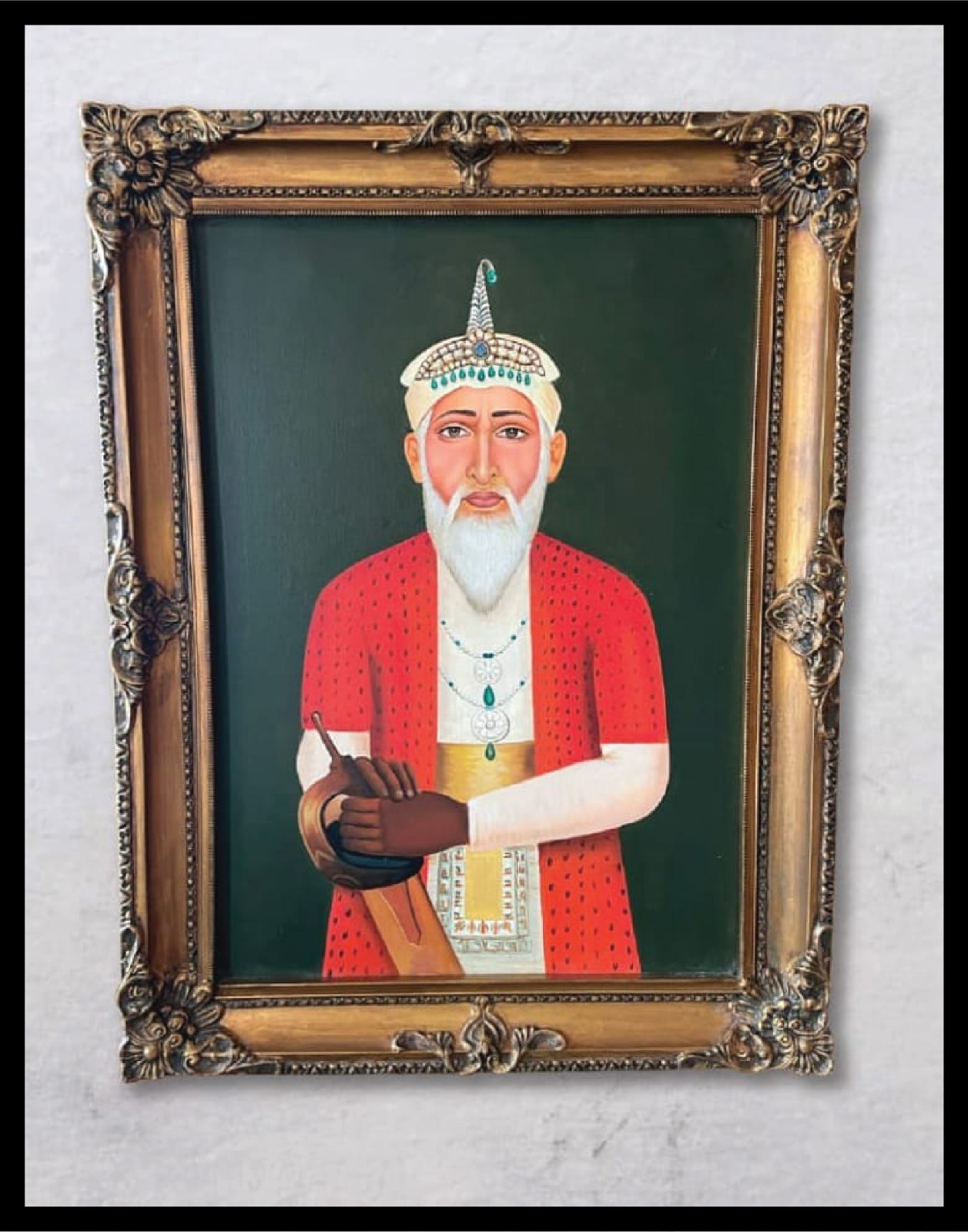Asaf Jah 1, Administrative Excellence
Asaf Jah I, originally named Qamar-ud-din Khan, was a distinguished Mughal noble and the founder of the Asaf Jahi dynasty in the Deccan region of India. He later became known as Nizam-ul-Mulk, and was the first Nizam of Hyderabad. His reign from 1724 until his death in 1748 marked a significant era of stability, governance, and administrative reform in the region.
EXPERIENCE WITH MOGHULS
Working with the Moghuls the first Nizam of Hyderabad, Asaf Jah 1 developed strong skills related to administration. The Nizam had an advantage as he, worked to diminish the control of the Moghuls over the Deccan region which included Hyderabad. He noticed that the region was being neglected, development had stagnated and the expectations of the people were consistently ignored. The Moghul reign lacked confidence and commitment after the death of Aurangzeb in 1707.

MOGHUL REIGN DIMINISHES
Asaf Jah I was appointed as the Mughal Viceroy of the Deccan, but he gradually distanced himself from the weakening Mughal central authority. In 1724, he declared independence from the Mughal emperor in practical terms while maintaining basic allegiance. This political foresight allowed him to lay the foundation for a stable and autonomous rule in the Deccan. From this point onwards the first and subsequent Nizams, had to use their administrative skills to further the development of Hyderabad.
REVENUE ADMINISTRATION
He reorganized the revenue system of the Deccan, ensuring better collection and minimizing corruption. His system of land revenue assessment and collection was more efficient than the previous Mughal methods. He sought to protect cultivators while ensuring the treasury remained strong.
Procedures were setup to ensure that, corruption did not result in revenue losses. Asaf Jah 1 realized that, the development of infrastructure and the maintaining of a strong military, required significant financial outlay.
LAW AND ORDER
Asaf Jah I understood that good governance required peace and order. He deployed capable military and civil officers across his domain to ensure that law and order prevailed. This allowed trade and agriculture to flourish under his administration.
The first Nizam asserted firm control over his territories by establishing a central authority that was respected and obeyed. He made sure that his officers followed his commands and worked towards maintaining peace in the region.
To deal with threats and enforce his rule, Asaf Jah I maintained a disciplined and loyal army. He used his military strength not just in battles but also to prevent rebellions, suppress banditry, and keep local chieftains under control.
Fair and timely justice, helped prevent disputes from turning into violence. Both civil and criminal cases were dealt with through a system that blended, Islamic law and local traditions, depending on the people involved. The first Nizam made ensured that the people under his rule, recognized him being fair and open minded.
RELIGIOUS TOLERANCE
It is fair to say that the first Nizam of Hyderabad, was ahead of his time when it came to religious tolerance and respect for cultural differences. Asaf Jah I practiced religious tolerance and maintained cordial relations with both Hindus and Muslims. Many capable Hindu officials served in high positions under him. He also promoted art, culture, and education, encouraging the development of Hyderabad as a cultural center.
MERIT BASED HIRING
A strong believer in the theory that, every function needed the right individual to operate efficiently, Asaf Jah I emphasized the need for, an objective evaluation of candidates being selected for various government positions. One of his strengths was his emphasis on appointing officials based on merit rather than lineage, religion or favoritism. This not only improved the efficiency of his administration but also inspired loyalty among his officers.
EFFICIENT MILITARY
As a seasoned military commander, Asaf Jah I maintained a strong and disciplined army. His military strength allowed him to deal with internal threats and external enemies, including the Marathas and rival Mughal governors.
Reports indicate that the second Nizam namely Asaf Jah II, managed to negotiate military deals with the British and French. Military support would be provided to the Nizam, for a negotiated price. A few reports observe that, valuable diamonds were at times used by the Nizams as a mode of payment.
It is quite likely that the military related deals with the French and the British, worked better than spending huge amounts to maintain, a fully prepared and trained military for the Nizam.
FIRST NIZAM LEGACY
Asaf Jah I's legacy as a good administrator is evident in the longevity of the Asaf Jahi dynasty, which ruled Hyderabad for over two centuries. His ability to blend Mughal administrative principles with regional realities ensured stability in a time of great political fragmentation in India.
In summary, Asaf Jah I was not just a skilled statesman and general, but also a visionary administrator who laid the groundwork for a prosperous and enduring state in the Deccan. His reign exemplifies the qualities of pragmatism, tolerance, and governance that define effective leadership.
